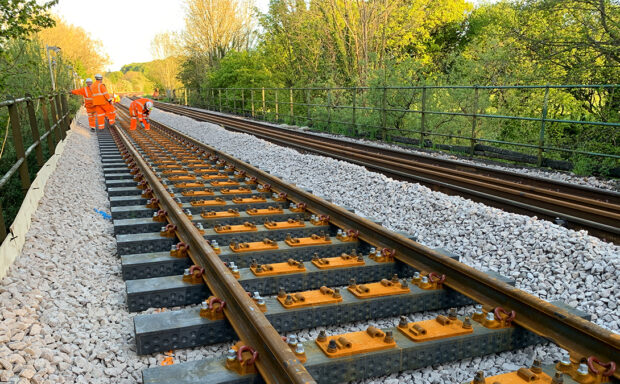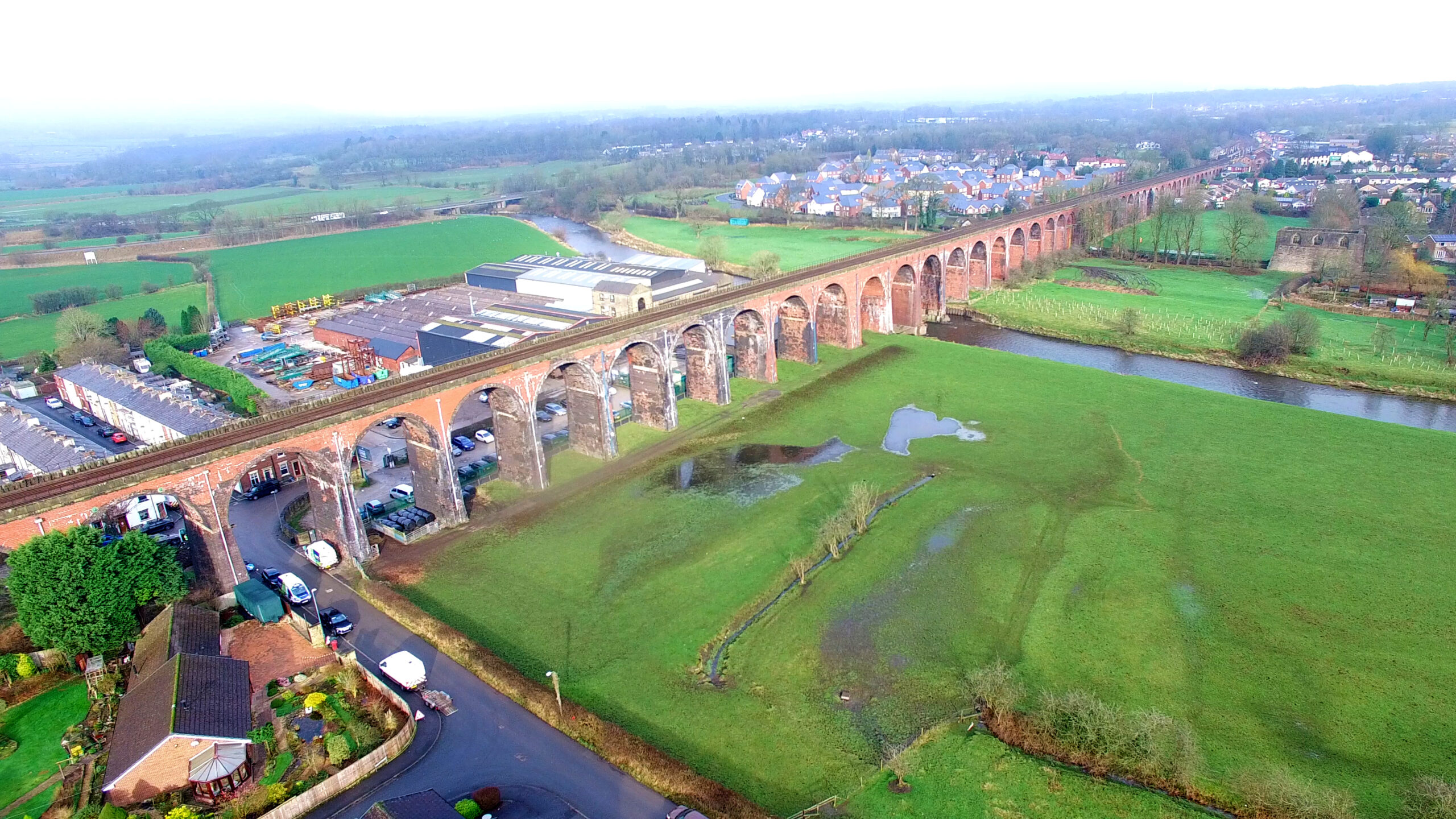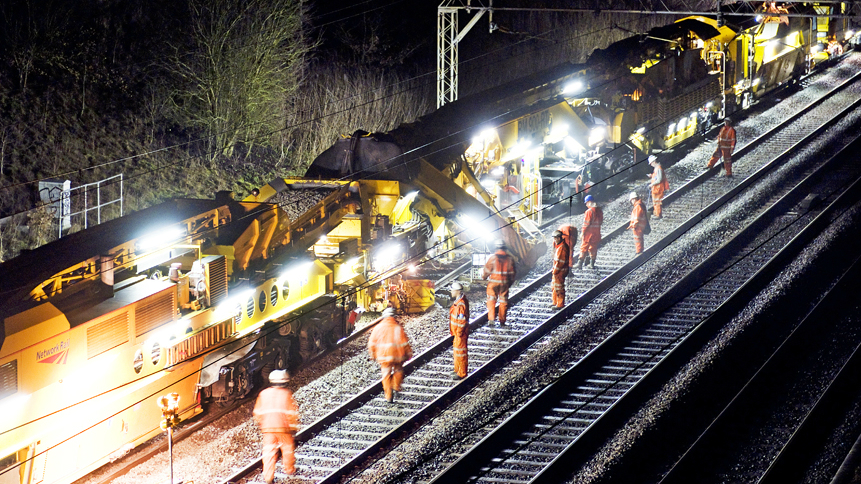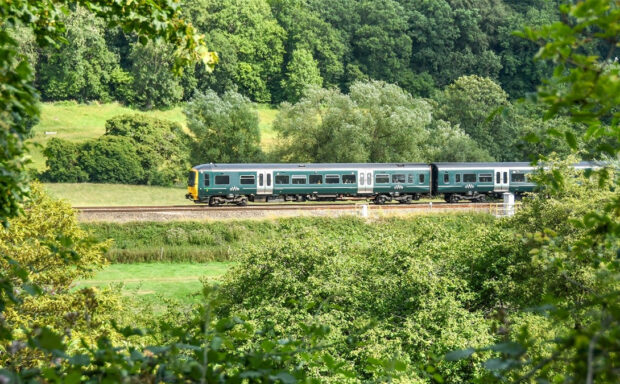We’ve faced unique challenges on the railway in the past year – namely, how to keep the network running safely as we faced staff, supply chain and PPE issues, just like any business.
Our amazing people have worked hard throughout the pandemic to ensure we’ve kept maintaining the railway – and looked after the environment around it – as always.
Meet some of our Railway Heroes and find out how our wide range of roles contributes to the safe running of our network …
Engineer
Engineers are vital to our day to day operations – and getting you where you need to be, safely.
We have 20,000 miles of track, 30,000 bridges, tunnels and viaducts and the thousands of signals, level crossings and stations.
Our teams across Britain had to find new ways of working last year as we adapted to social distancing and more staff off sick or self-isolating. For our people in track, it meant keeping it safe was the number one priority.
Watch the video to find out more from Trackside Tara, who today is a route infrastructure engineer.
Data manager
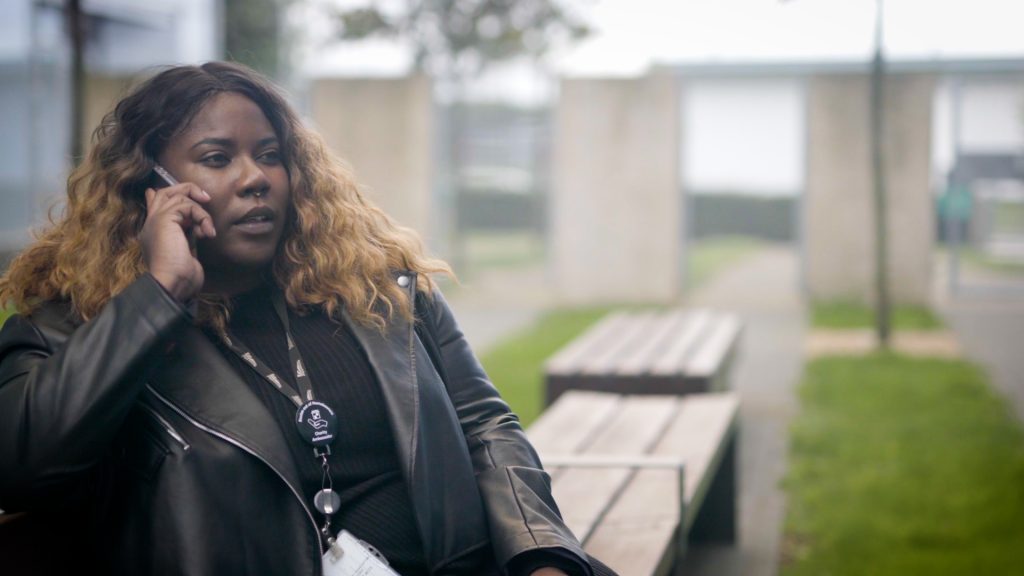
Before the pandemic, you may have never head the term PPE. Personal protection equipment is what our staff must wear on site to keep safe. It usually looks like bright orange jackets and trousers, helmets and gloves.
Suddenly, a special kind of PPE – like face masks and visors – became in high demand across the country, in many sectors.
Data manager Chloe Barnett is one of our dedicated team members ensuring this kit gets to our staff on our railway projects – as well as all the other equipment and materials her department is responsible for overseeing.
She says: “It’s a really key part of making sure that people on track have the right materials to do the job that they’re doing and make sure they’re safe … It’s really important to do something meaningful.”
Air Operations team
Our Air Operations team is small but does a huge job inspecting the railway from above. Headed by Rikke Carmichael, it’s made up of helicopter and drone pilots.
They take images of the track, bridges, tunnels and earth and coastline around the railway. Our teams back in the offices use the pictures to assess the condition of the network and decide what we need to do to maintain or repair it for passengers and freight operators.
Inspecting the railway from the air means we have to put fewer people on the ground, keeping them from taking unnecessary risks to access sites.
In the past year, its work has included surveying areas hit by flooding and landslips, particularly after storms.
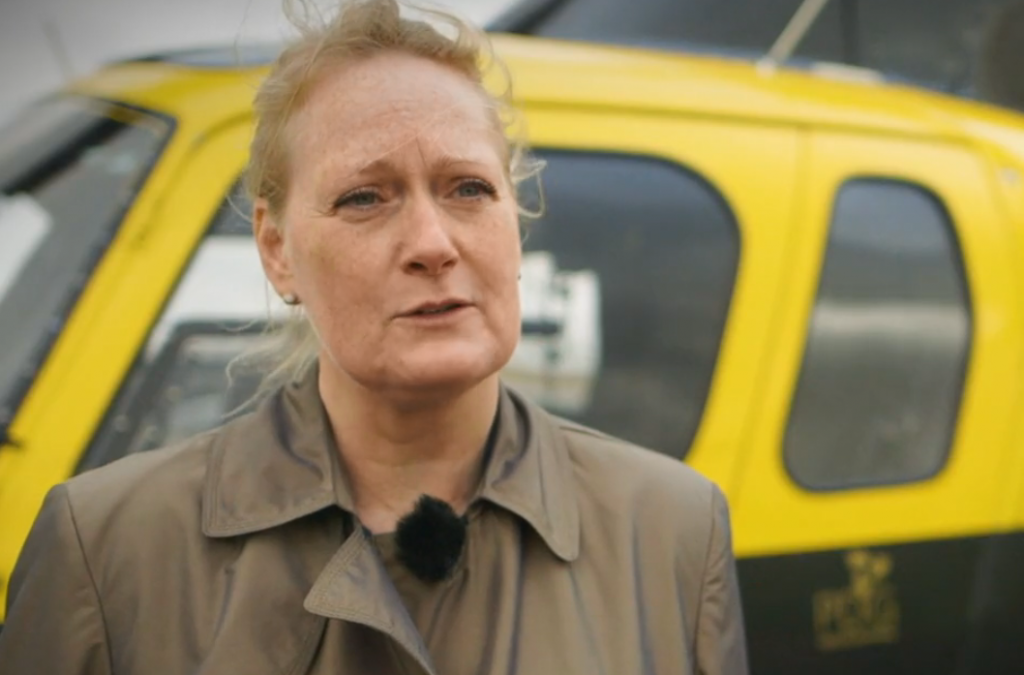
Gallery: Air Ops images of the flooding of railway line near Drax Power Station; landslip between Stafford and Crewe; the railway at Crewe after Storm Christoph in January.
Ecologist
We’re one of the biggest landowners in Britain, which means we have a huge responsibility to ensure we look after it properly.
Our specialist teams include ecologists like Nathaniel Legall, who have continued to monitor and protect the earth and biodiversity around the railway as our projects have carried on.
He says: “My job involves assessing sites for their biodiversity value across the railway, particularly on the lineside, where there are fantastic areas for habitats, which different animals and plans can exist, and basically mitigate the impacts of our works on them and to make sure they have somewhere to live and make sure the railway remains operational.”
Read more:
Exhibition celebrates Railway Heroes
A year in the life of an engineer
Educational resources for children
Watch this film to find out how you can be part of the railway – whatever you’re interested in
